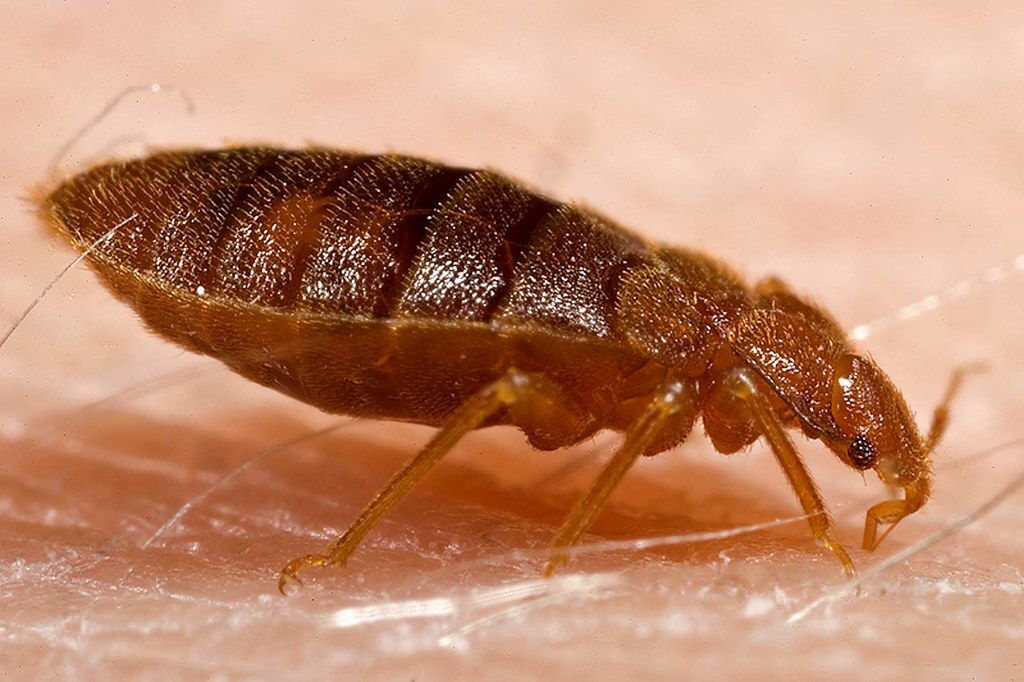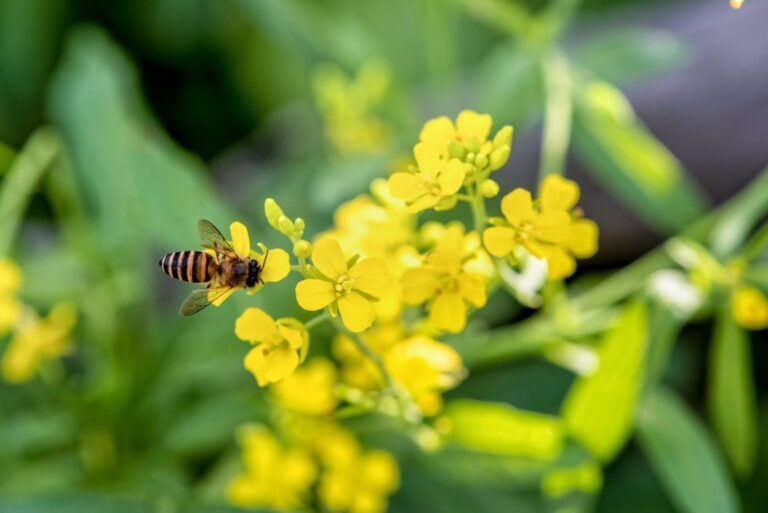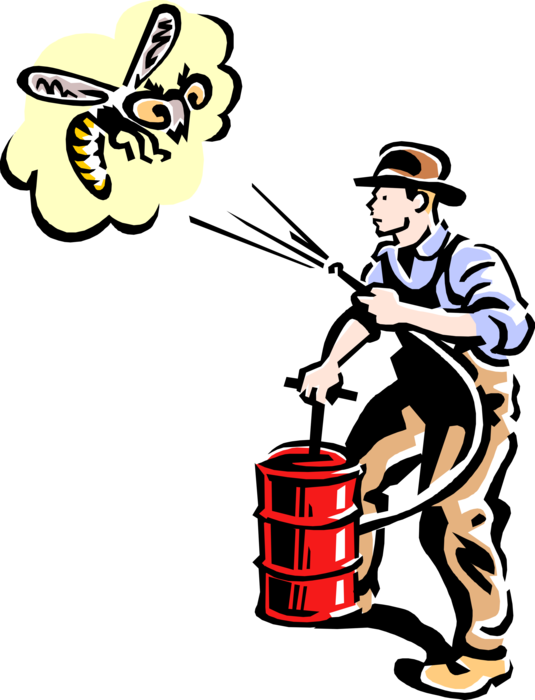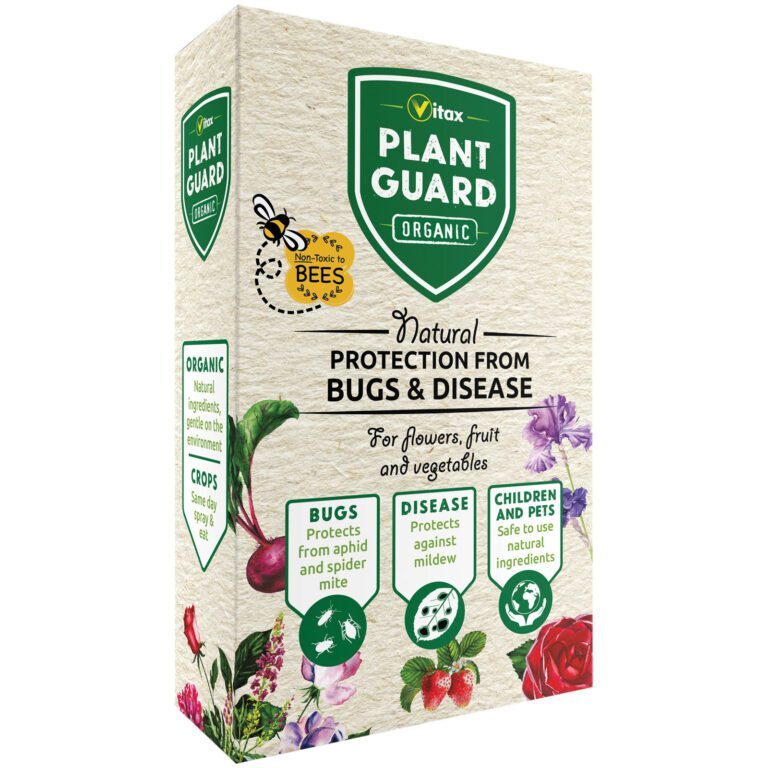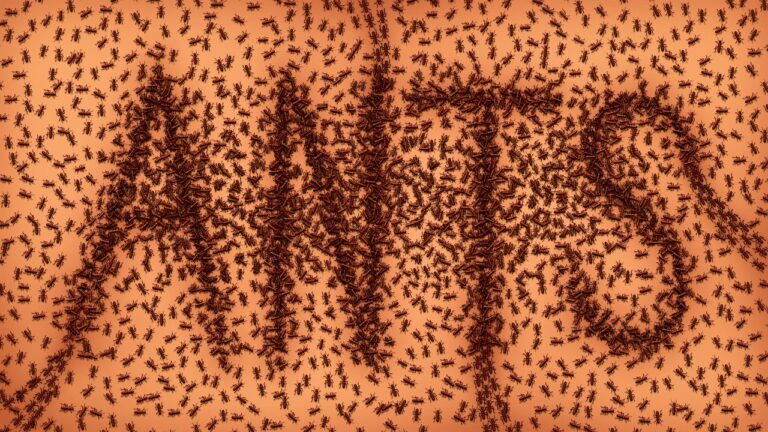Managing Pests Safely and Environmentally
Introduction
Definition of pests
Pests are organisms that can cause harm or damage to plants, animals, or humans. They include insects, rodents, weeds, and microorganisms that can spread diseases or destroy crops. Managing pests safely and environmentally refers to the use of methods that minimize the negative impact on the ecosystem while effectively controlling pest populations. This approach involves the use of integrated pest management techniques, such as biological control, cultural practices, and the judicious use of pesticides. By adopting these strategies, we can protect our environment, promote sustainable agriculture, and ensure the health and safety of both humans and wildlife.
Importance of managing pests
The importance of managing pests cannot be overstated. Pests can cause significant damage to crops, homes, and infrastructure, leading to financial losses and health risks. By managing pests safely and environmentally, we can minimize the use of harmful chemicals and protect the natural ecosystem. This approach not only ensures the well-being of humans but also promotes sustainable agriculture and a healthy environment for future generations.
Challenges in pest management
Pest management is a complex task that presents various challenges. One of the main challenges is the need to control pests in a safe and environmentally friendly manner. Traditional pest control methods often rely on the use of harmful chemicals that can have negative impacts on human health and the environment. However, with the increasing awareness of the importance of sustainable practices, there is a growing demand for safer and more environmentally friendly pest management solutions. This requires the development and implementation of integrated pest management strategies that focus on prevention, monitoring, and the use of non-toxic alternatives. By addressing these challenges, we can effectively manage pests while minimizing the negative impacts on our health and the environment.
Integrated Pest Management
What is Integrated Pest Management (IPM)
Integrated Pest Management (IPM) is a holistic approach to managing pests that aims to minimize their impact on the environment and human health. It involves a combination of preventive measures, monitoring, and targeted treatments to control pests effectively. IPM emphasizes the use of non-chemical methods, such as biological controls and cultural practices, before resorting to chemical pesticides. By implementing IPM strategies, we can reduce the reliance on harmful chemicals and promote sustainable pest management practices.
Principles of IPM
Integrated Pest Management (IPM) is a systematic approach to managing pests that focuses on minimizing their impact while minimizing risks to human health and the environment. The principles of IPM involve using a combination of strategies, including biological control, cultural practices, and the judicious use of pesticides when necessary. By implementing IPM, we can effectively control pests while reducing reliance on chemical pesticides and promoting sustainable and environmentally friendly pest management practices.
Benefits of using IPM
Integrated Pest Management (IPM) is a comprehensive approach to pest control that focuses on minimizing the use of pesticides while still effectively managing pests. By implementing IPM strategies, there are numerous benefits that can be achieved. Firstly, it promotes the long-term prevention of pests by addressing the underlying causes of infestations, such as poor sanitation or structural issues. Secondly, IPM reduces the reliance on chemical pesticides, which can be harmful to human health and the environment. Instead, it emphasizes the use of non-chemical methods, such as biological controls and cultural practices. Additionally, IPM can lead to cost savings for individuals and communities, as it reduces the need for frequent pesticide applications. Overall, the use of IPM not only ensures effective pest management but also contributes to a safer and more sustainable environment.
Prevention and Monitoring
Identifying potential pest problems
Identifying potential pest problems is an essential step in managing pests safely and environmentally. By recognizing the signs of pest infestations early on, we can take proactive measures to prevent further damage and protect our surroundings. Some common indicators of pest problems include visible pests, droppings, damage to structures or crops, and unusual smells. It is important to regularly inspect our homes, gardens, and agricultural fields to identify any potential pest issues. By doing so, we can implement effective and eco-friendly pest management strategies to maintain a healthy and pest-free environment.
Implementing preventive measures
Implementing preventive measures is crucial in managing pests safely and environmentally. By taking proactive steps to prevent pest infestations, we can minimize the need for harmful chemicals and promote a healthier ecosystem. This can include sealing cracks and crevices, removing sources of food and water, and implementing proper waste management practices. Additionally, regular inspections and monitoring can help identify potential pest issues before they become major problems. By prioritizing prevention, we can create a pest-free environment that is safe for both humans and the environment.
Regular monitoring and inspection
Regular monitoring and inspection are essential components of managing pests safely and environmentally. By regularly monitoring and inspecting our surroundings, we can identify any signs of pest infestation early on and take appropriate action to prevent further damage. This proactive approach allows us to address pest problems before they become widespread and more difficult to manage. Additionally, regular monitoring and inspection help us to determine the effectiveness of our pest management strategies and make any necessary adjustments. By staying vigilant and conducting regular checks, we can ensure a pest-free environment while minimizing the use of harmful chemicals and promoting a sustainable approach to pest management.
Biological Control
Introduction to biological control
Biological control is an effective and environmentally friendly approach to managing pests. It involves the use of natural enemies, such as predators, parasites, and pathogens, to control pest populations. By harnessing the power of nature, biological control offers a sustainable alternative to chemical pesticides. This method not only reduces the reliance on harmful chemicals but also helps to preserve the balance of ecosystems. In this article, we will explore the different aspects of biological control and its benefits in managing pests safely and environmentally.
Types of biological control agents
Biological control agents are organisms that are used to manage pests in a safe and environmentally friendly way. There are several types of biological control agents that can be employed, including predators, parasites, and pathogens. Predators are organisms that prey on pests, keeping their populations in check. Parasites, on the other hand, live on or inside the pests, ultimately leading to their demise. Pathogens are microorganisms that infect and kill pests, providing an effective means of control. These biological control agents offer a natural and sustainable approach to pest management, reducing the reliance on chemical pesticides and minimizing the impact on the environment.
Implementing biological control methods
Implementing biological control methods is a key strategy in managing pests safely and environmentally. Biological control involves the use of natural enemies, such as predators, parasites, and pathogens, to control pest populations. This method is effective in reducing pest damage and minimizing the use of chemical pesticides. By harnessing the power of nature, biological control methods offer a sustainable and eco-friendly approach to pest management. Farmers and gardeners can implement various biological control techniques, such as introducing beneficial insects, using microbial pesticides, and practicing crop rotation, to maintain a balance between pests and their natural enemies. By adopting these methods, we can protect our crops and gardens while preserving the health of our environment.
Cultural Control
Using cultural practices to manage pests
Using cultural practices to manage pests is an effective and environmentally friendly approach. Cultural practices involve modifying the environment and the way we interact with it to prevent or minimize pest problems. This can include practices such as crop rotation, intercropping, and providing habitat for natural enemies of pests. By implementing these practices, farmers and gardeners can reduce the reliance on chemical pesticides and promote the natural balance of ecosystems. Additionally, cultural practices can help build resilience in plants, making them less susceptible to pest damage. Overall, adopting cultural practices is a sustainable and safe way to manage pests.
Crop rotation and diversification
Crop rotation and diversification are important practices in managing pests safely and environmentally. By rotating crops, farmers can disrupt the life cycles of pests, reducing their populations and the need for chemical pesticides. Additionally, diversifying the types of crops grown in a field can help to naturally control pests. Different crops attract different pests, so by planting a variety of crops, farmers can create a more balanced ecosystem that is less susceptible to pest infestations. These practices not only promote sustainable agriculture but also contribute to the overall health of the environment.
Proper irrigation and drainage
Proper irrigation and drainage are essential components of managing pests safely and environmentally. By ensuring that plants receive the right amount of water and that excess water is properly drained, we can create an environment that is less favorable for pests to thrive. Proper irrigation techniques, such as drip irrigation or using moisture sensors, can help conserve water and prevent overwatering, which can attract pests. Additionally, maintaining good drainage systems can prevent water from pooling and creating breeding grounds for pests. By implementing these practices, we can effectively manage pests while minimizing our impact on the environment.
Chemical Control
Understanding chemical control methods
Chemical control methods are an important aspect of managing pests safely and environmentally. Understanding these methods is crucial in order to effectively address pest infestations. Chemical control involves the use of pesticides to eliminate or control pests. It is important to note that while chemical control can be effective, it should be used as a last resort and in conjunction with other integrated pest management strategies. When using chemical control methods, it is essential to follow all safety guidelines and regulations to minimize risks to human health and the environment. By understanding chemical control methods, we can make informed decisions and choose the most appropriate and environmentally-friendly options for pest management.
Safe and responsible use of pesticides
The safe and responsible use of pesticides is essential for managing pests in a way that protects both human health and the environment. When using pesticides, it is important to follow all instructions and guidelines provided by the manufacturer. This includes wearing appropriate protective clothing, applying the pesticides at the recommended dosage, and storing them securely. Additionally, it is crucial to only use pesticides when necessary and to consider alternative methods of pest control first. By taking these precautions, we can effectively manage pests while minimizing the potential risks to ourselves and the environment.
Alternative options to chemical control
When it comes to managing pests, there are alternative options to chemical control that can be both safe and environmentally friendly. One such option is biological control, which involves the use of natural enemies, such as predators, parasites, or pathogens, to control pest populations. This method can be highly effective and has minimal impact on the environment. Another alternative option is cultural control, which involves manipulating the environment to make it less favorable for pests. This can include practices such as crop rotation, intercropping, and maintaining proper sanitation. By adopting these alternative options, we can effectively manage pests while minimizing the use of harmful chemicals and protecting the environment.

